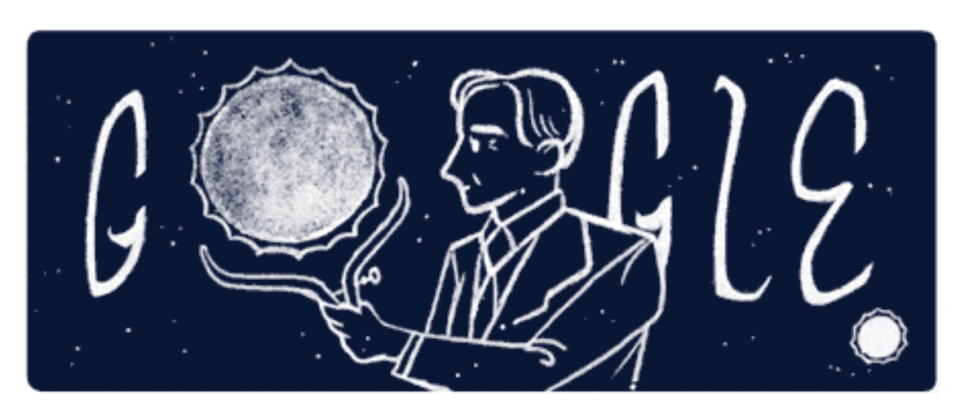Google honors the man who discovered the fate of dead stars
Doodle subject Subrahmanyan Chandrasekhar showed us which stars become black holes.
There's a constant battle between gravity and nuclear physics going on inside a star that's only resolved when it dies. American, Indian-born scientist Subrahmanyan "Chandra" Chandrasekhar figured out how that would end -- supernova and black hole or white dwarf -- depending on the mass and size of the star. Chandra is already pretty well known, thanks to NASA's flagship Chandra X-ray observatory and the fact that he won a Nobel prize, but today's Google Doodle is a nice reminder of the significance of his legacy.
Chandra built on the ideas of his hero, Arthur Eddington, who famously said that if a star continued to collapse, "the force of gravitation would be so great that light would be unable to escape from it, the rays falling back to the star like a stone to the Earth." However, Eddington doubted that such an extreme would be possible, thinking there must be some overlooked law of nature to prevent it.
At just 20 years old, Chandrasekhar discovered that a star less than about 1.4 times the mass of our sun will collapse into a dense, but relatively stable white dwarf star. However, any star larger than that size, known as the "Chandrasekhar limit," will explode into a supernova and/or collapse into a black hole.
Chandra was ridiculed by his own idol, Eddington, when he presented the theory at the Royal Astronomical Society in 1935, an event that "forced me to carefully consider my reasons for wanting to continue to do astrophysics in the face of such a painful experience," he said later. The two eventually reconciled, and his theory was eventually, of course, proven spot-on. Chandra died in 1995, and if he were still alive, would be 107 years old today.


